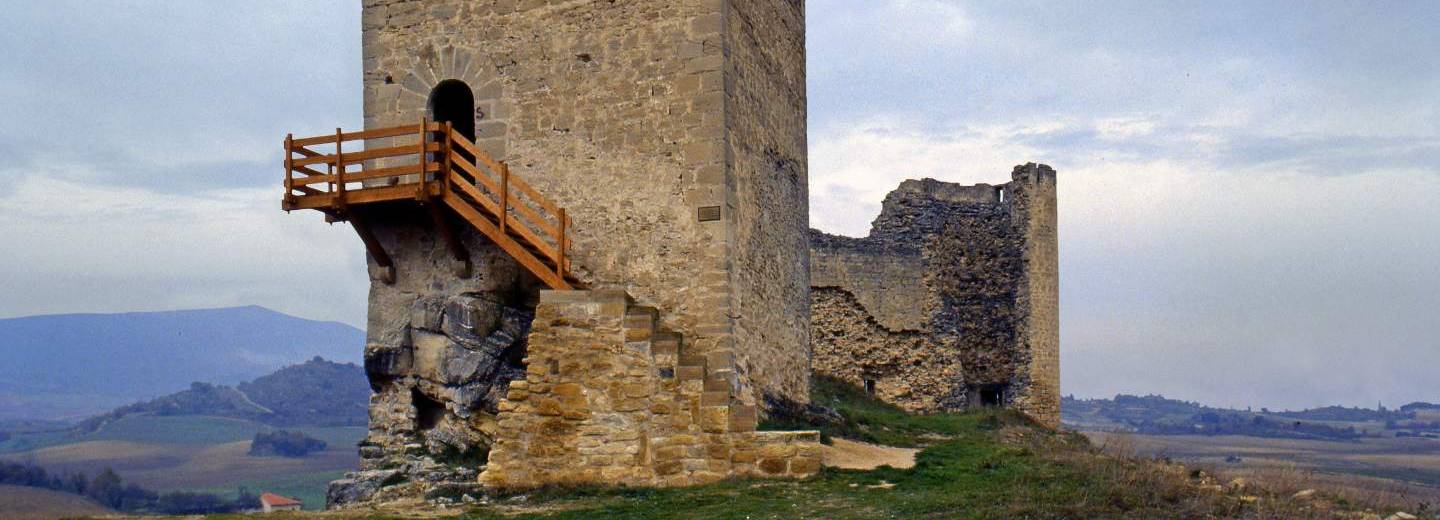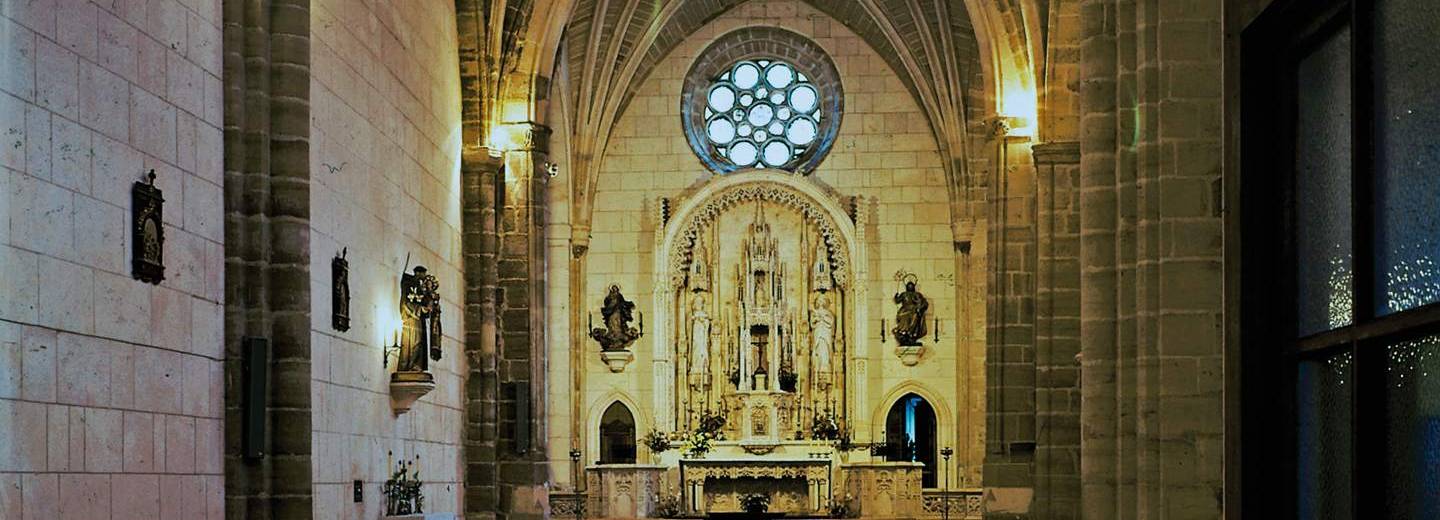A stopping point
Santa Gadea del Cid
Standing on the plains of the Ebro, dotted with beech, holm and gall oak woods that stand out against the clearly-traced backdrop of the Obarenes mountain range, which forms a dramatic contrast for this gentle landscape. Founded as a stopping point on the road from Aquitaine to Astorga, during the medieval period it provided essential communication with the northern regions.
Named after the Church of Santa Gadea, it would not receive the name ‘del Cid’ until the 19th century, despite the fact that the Church of San Pedro in the main square is a superb example of Gothic architecture.
The castle played a key role in the fortifications built by Count Rodrigo in the 10th century. From then on, monarchs such as Alphonse VIII granted it a series of privileges, and Alphonse XI authorized the market. The castle was rebuilt in the 15th century by the Padilla and Manrique families. The triangular defense wall started from the castle, and two of the three gates are still standing today.















